Every year, the world’s top cyclists gather in France to race some 3,400 kilometres across hills and mountains in what is known as “the world’s most prestigious and most difficult bicycle race”.
The 108th edition of the famous race is 3,383km visits 31 départments and starts on Saturday.
1 It should have started in Copenhagen
The Covid-19 pandemic prompted race officials to keep the entire race – other than a brief stop in Andorra, on the Spanish border – in France this year.
The relocated Grand Départ takes place in Brest, Brittany – and the départment is also host to the first four stages of the three-week race. It is the seventh time Brittany has hosted the start of the annual race, and the fourth time Brest has had the honour of the Grand Départ.
The Danish capital – which is hosting several matches in soccer’s delayed Euro 2020 tournament – will host the Grand Départ next year, all being well.
Here’s this year’s route
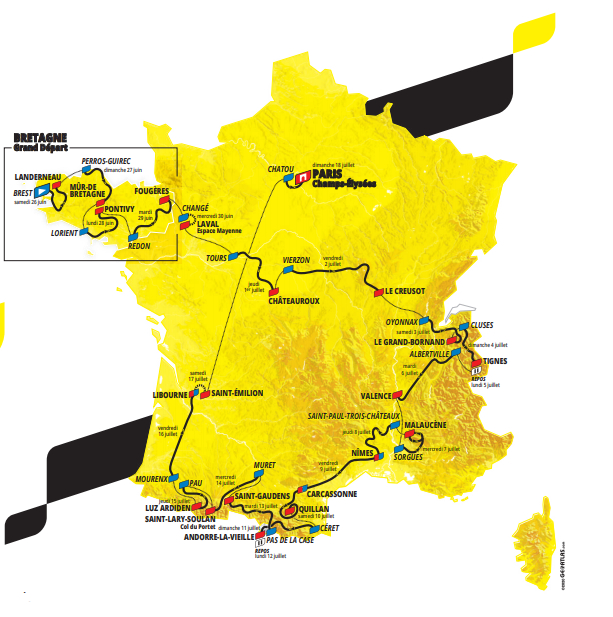
2 It starts a week earlier than normal
The 2020 race was delayed because of the Covid-19 pandemic, eventually getting under way in September.
This year’s event has been moved forward by a week. It was originally due to start on July 2nd, but will now begin on Saturday, June 26th, to ensure that it arrives in Paris by July 18th.
The reason: to avoid conflicts with cycling events at the postponed Olympic Games, which are set to take place in Tokyo, Japan, on July 25th.
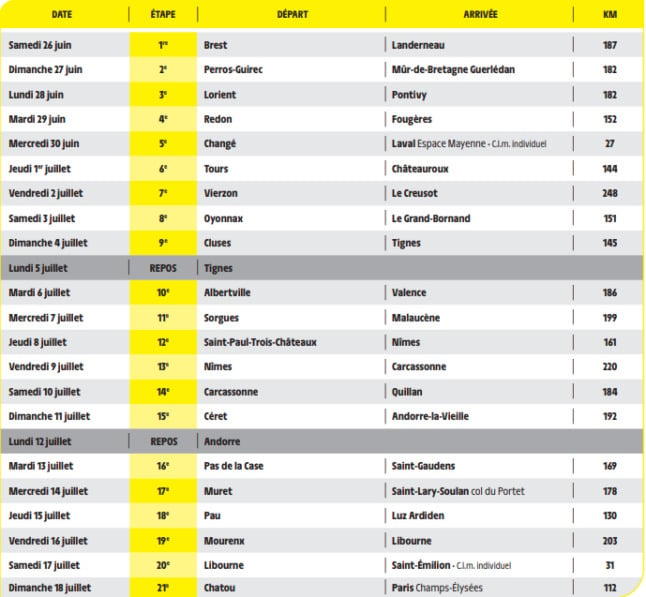
3 A five-year first
There will be two individual time-trial stages in the 2021 edition of the Tour – the first time that has happened since 2017.
The time trials are between Changé and Laval Espace Mayenne (27 km) for stage five, and between Libourne and Saint-Émilion (31 km) on stage 20.
4 You’ll need a health pass
Organisers have said that anyone aged 11 or over who wants to watch the start and finish of each stage will have to present a pass sanitaire – with crowds at these points limited to between 1,500 and 4,000 people.
Tour director Christian Prudhomme also said masks were essential at these points – and recommended them to people who gather to watch the peloton as it passes.
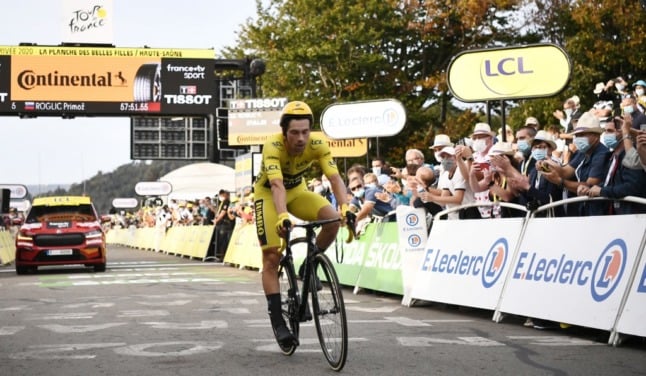
“All the provisions of last year will still exist, but obviously and fortunately with more people since compared to last September, the vaccination [programme] makes us more serene,” he told franceinfo.
“While it’s not yet a year for people to take selfies [with riders] or ask for autographs, the popular aspect of the Tour is essential.”
5 It’s mountainous
There are 27 mountain climbs, hills, or finishes at altitude in the 2021 race.
After reaching the highest point of the race in Andorra on stage 15 (2,408m above sea level), riders face the double challenges of Col du Portet (finishing at 2,215 m) and Tourmalet (2,115 m) on stages 16 and 17. And that’s after the brutal Mont Ventoux features on the 11th stage of the race.
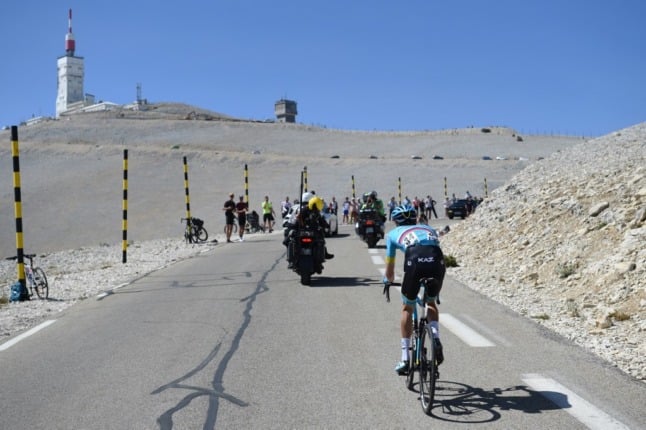
There were 29 mountain challenges last year, 27 in 2019 and 26 in 2018.

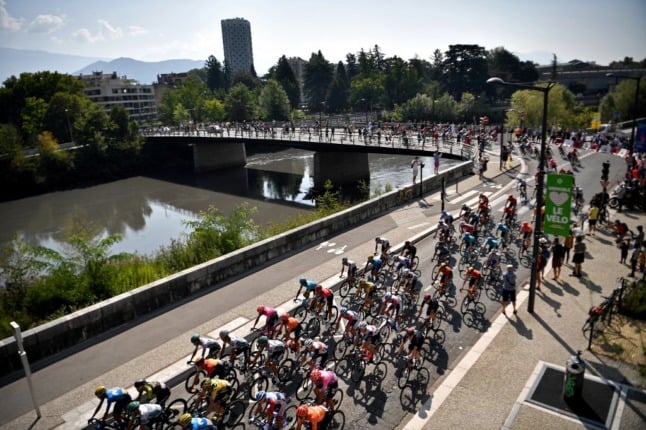
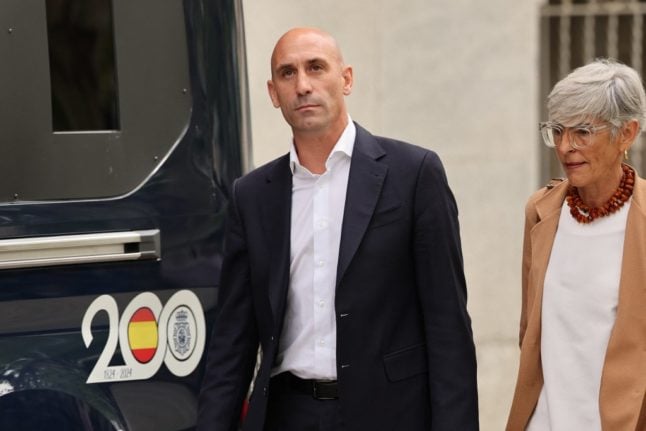
 Please whitelist us to continue reading.
Please whitelist us to continue reading.
Member comments